Making the Cut: How to Prepare for a Journey to the Stars
Venturing beyond Earth’s atmosphere into the cosmos is a dream for many. How do you go from dreaming to doing what might seem impossible? Every astronaut’s journey begins with a single, determined step here on Earth: applying to join NASA’s astronaut corps.
Scroll below to learn what it takes to apply for one of humanity’s most coveted roles.
***
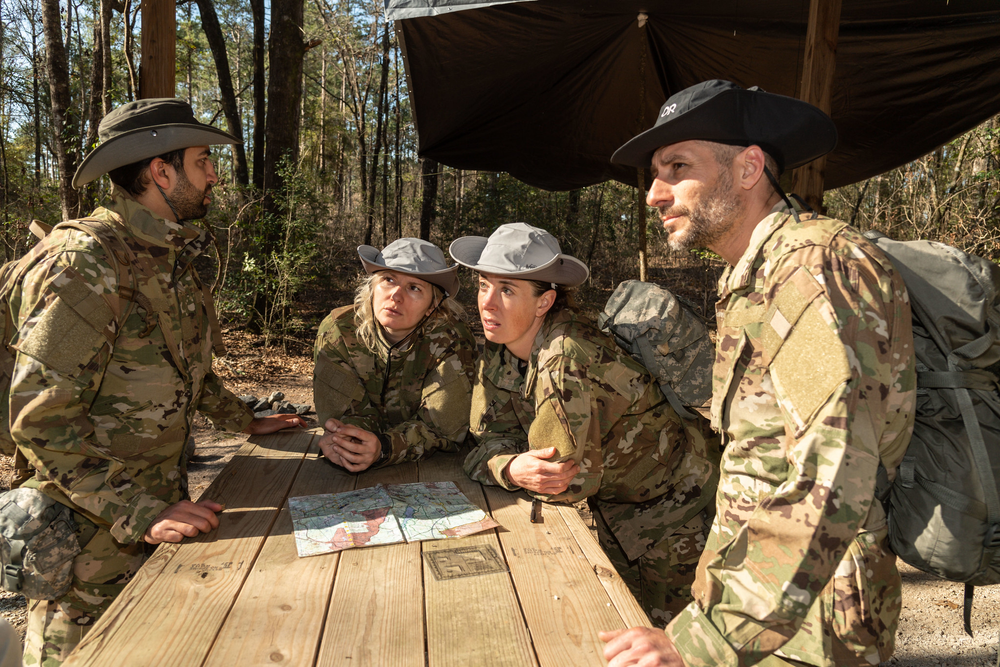
Create Your Own Path
Space awaits those who are not just scholars, but doers—those with a unique blend of experiences that set them apart. Everyone’s journey is different and there is no single route to becoming an astronaut.
Astronaut Anne McClain encourages candidates to pursue their passions because the rest will follow. “If you do what you love, you will not only perform better, but you will be happier too,” she said. “Be adaptable, trustworthy, tenacious, and detail oriented. Understand this job requires sacrifice by both you and your family. And most of all, go for it.”
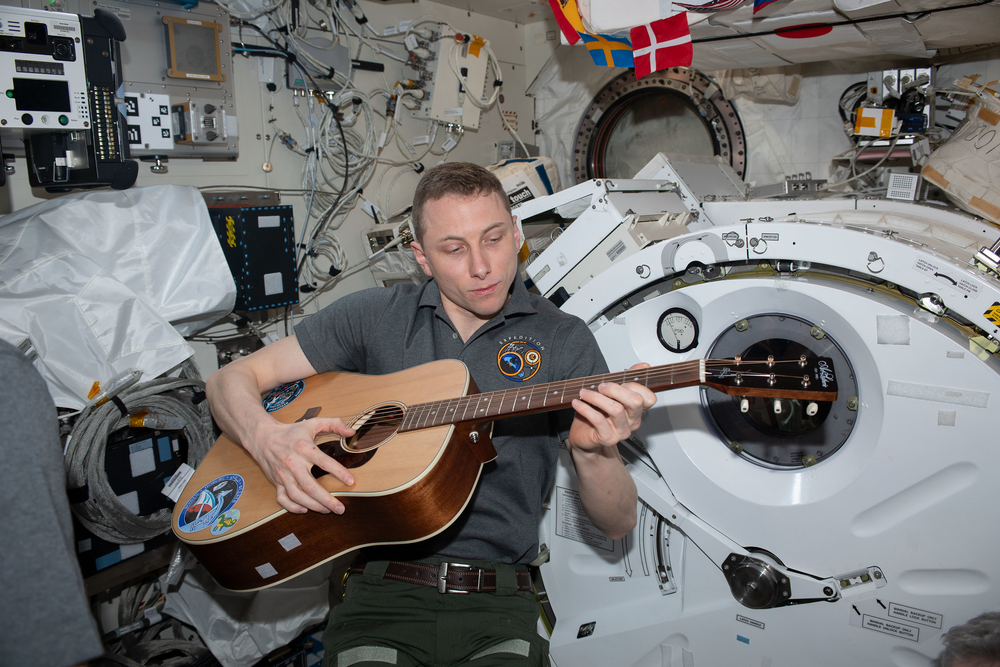
Be Authentically You
Your dossier, a compendium of education, experience, and vigor, will speak volumes. It is important to continuously push yourself to learn, grow, and be the best you can be. To stand out, your application should showcase a broad range of experiences that represent all of the pieces of your life that make you who you are.
“Being an astronaut really takes somebody with an explorer spirit who knows how to work together with others,” said astronaut Kayla Barron.
NASA’s recruitment team holistically evaluates candidates, considering the entirety of a person's character, because becoming an astronaut will change your entire life and involves many aspects.
Understand the Requirements
The process of applying begins with a strong academic foundation: a master's degree in a STEM field, including engineering, biological science, physical science, computer science or mathematics, from an accredited institution. Applicants must have at least three years of related professional experience after earning their degree, or 1,000 hours as pilot in command, with a minimum of 850 of those hours in high-performance jet aircraft. They also must successfully complete the NASA long-duration flight astronaut physical.
The master’s degree requirement can also be met by two years of work toward a doctoral program in a related science, technology, engineering or math field; completion of a Doctor of Medicine or Osteopathic Medicine degree; or graduation from a nationally recognized test pilot school program.
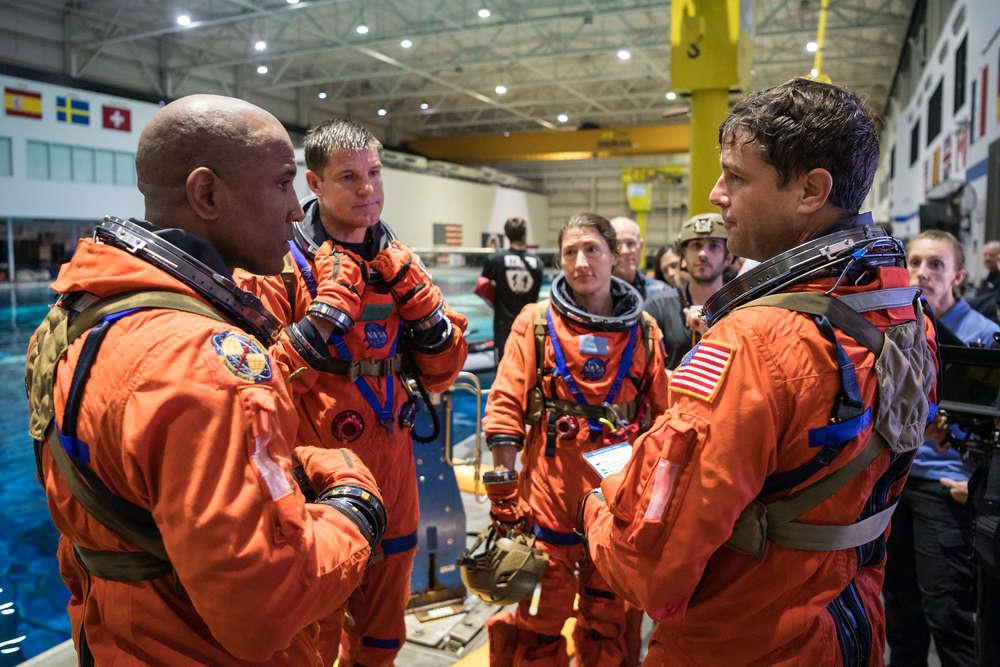
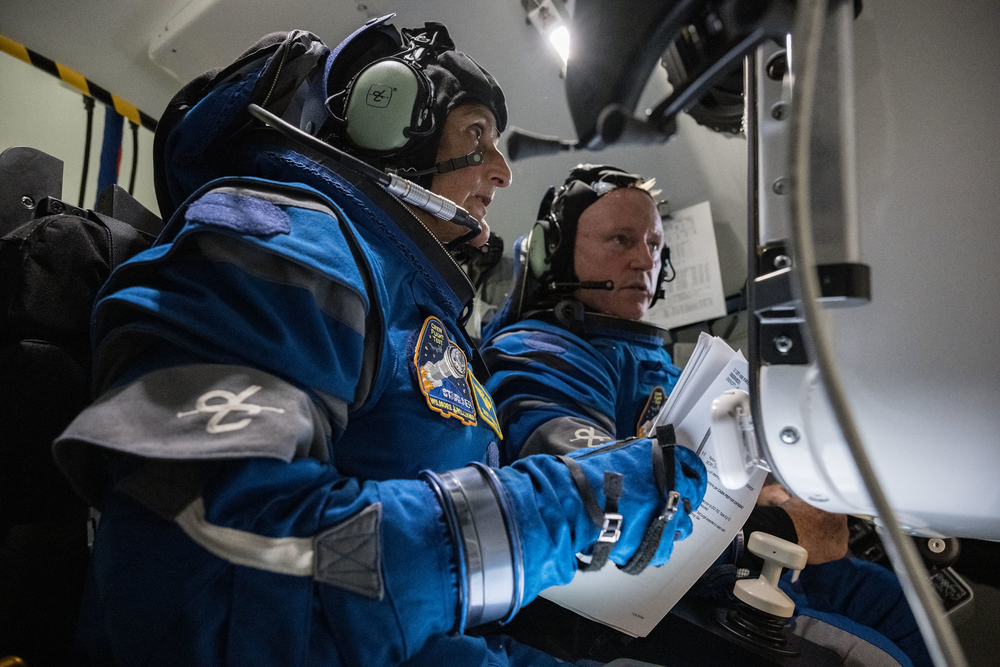
Left: The Artemis II crew is pictured during training Jan. 23 in the Neutral Buoyancy Laboratory at Johnson Space Center. As part of training for their mission around the Moon, the crew practiced the recovery procedures they will use when they splash down in the Pacific Ocean. Right: NASA’s Boeing Crew Flight Test (CFT) crew members Butch Wilmore and Suni Williams during Suited EMER SIM Operations in the Boeing Starliner simulator at Johnson. Credit: NASA/Robert Markowitz
Prepare Yourself Mentally and Physically
Resilience is essential for handling the challenges of living and working in microgravity. It is not just about strength; it is the ability to endure, to be a paragon of health—because in the expanse of space, your wellness is paramount. Interviews, medical and psychiatric evaluations, and additional assessments will be required under final consideration.
“We’re definitely looking for leadership skills but being a great team player is a huge part of this job,” said NASA astronaut selection manager April Jordan. “Folks that are able to adapt quickly and make sound decisions are also really important.”
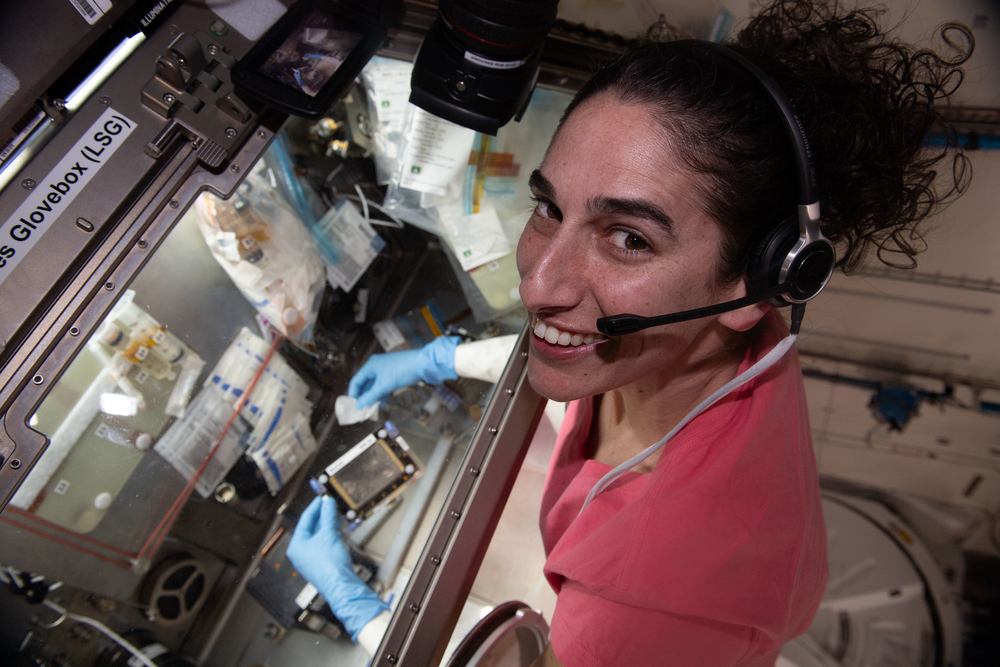
Cultivate Lifelong Learning and Humility
As an astronaut, you must have a strong desire to continuously learn because once you are in space, you have to rely on yourself to know how to fix things.
“You can't be in space and call the plumber to fix your toilet. You can't be in space and call an electrician to fix an electrical problem,” said astronaut Matthew Dominick. “If you were to boil it down into something simple, I would say we're all mechanics.”
Self-assurance is important, but so is being humble and having the ability to learn from your mistakes. “I would say that the number one most important quality trait is humility,” said astronaut Jonny Kim.
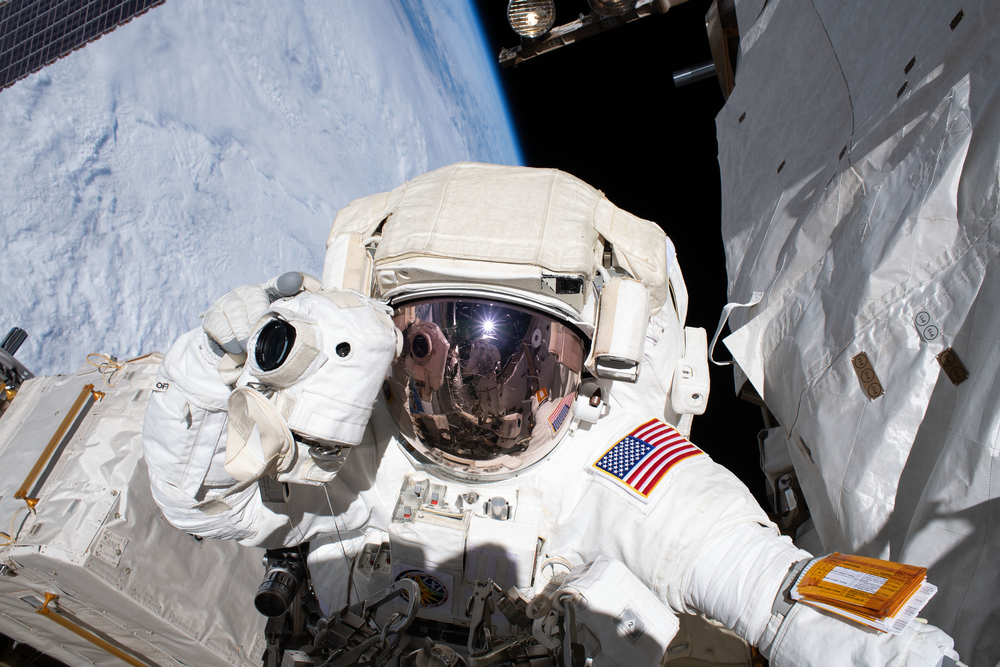
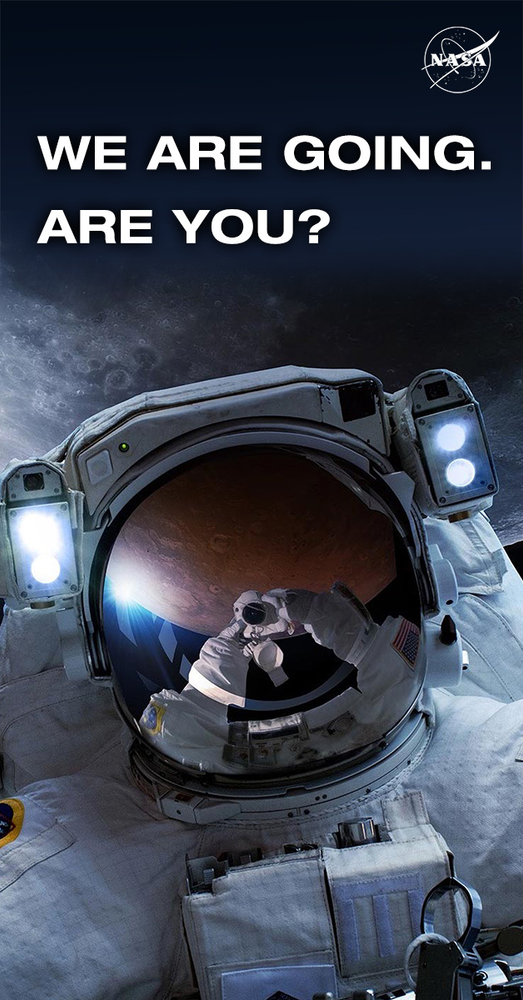
NASA astronaut Andrew Morgan prepares to take a photograph during a spacewalk.
Do you have what it takes to take that giant leap forward? Submit your application before April 16, 2024.







